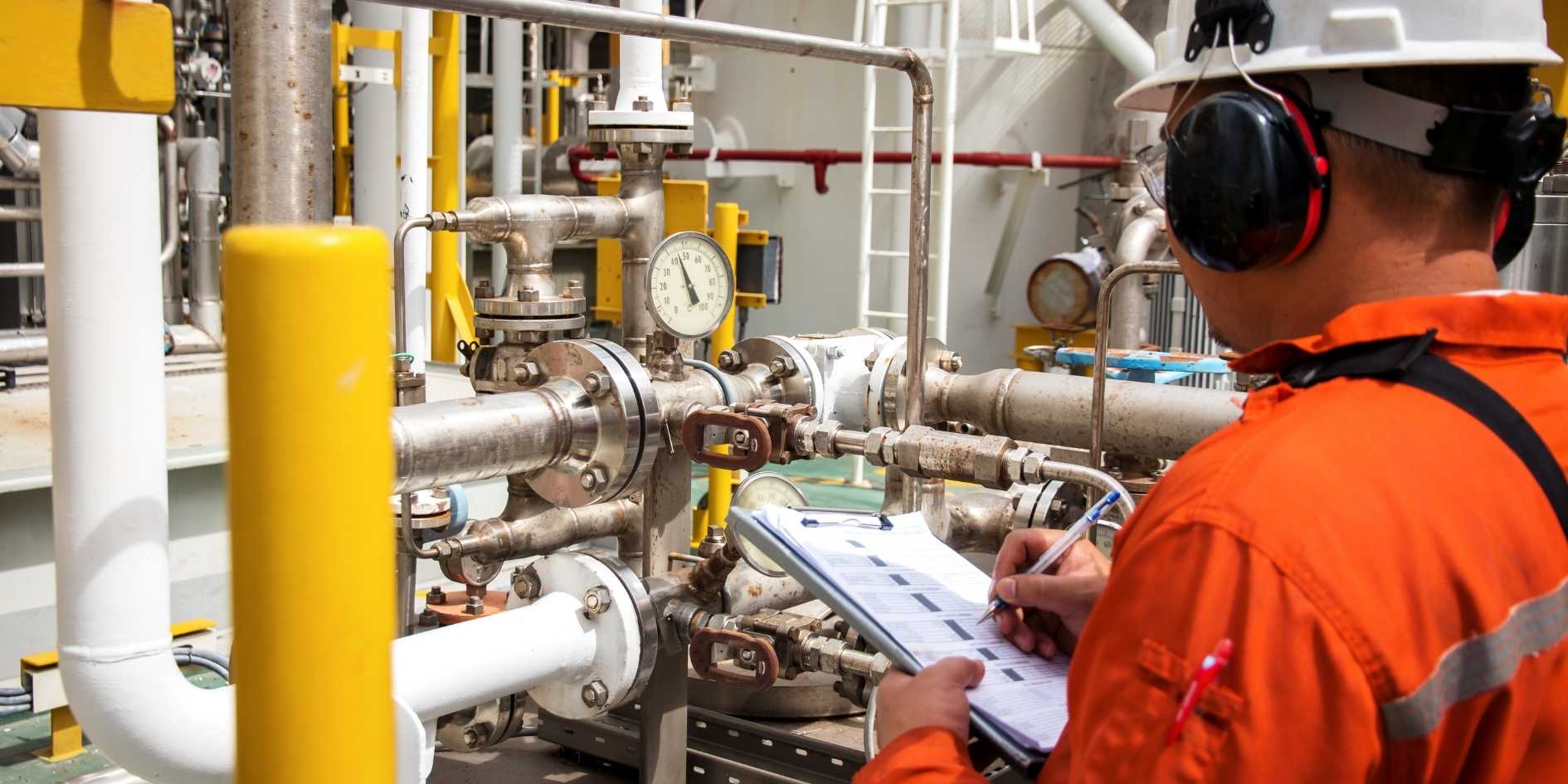Roar Solutions Can Be Fun For Everyone
Wiki Article
Some Ideas on Roar Solutions You Should Know
Table of ContentsRoar Solutions for DummiesNot known Details About Roar Solutions The Single Strategy To Use For Roar Solutions
In order to secure installations from a possible explosion a technique of evaluating and categorizing a possibly hazardous area is required. The objective of this is to make sure the correct selection and setup of tools to eventually prevent an explosion and to guarantee safety and security of life.
(https://roarsolutions.mystrikingly.com/blog/master-emergency-response-with-roar-training-solutions-and-eeha-courses)
No equipment must be mounted where the surface temperature of the devices is higher than the ignition temperature of the provided danger. Below are some typical dirt harmful and their minimum ignition temperature. Coal Dust 380C 225C Polythene 420C (thaws) Methyl Cellulose 420C 320C Starch 460C 435C Flour 490C 340C Sugar 490C 460C Grain Dust 510C 300C Phenolic Material 530C > 450C Aluminium 590C > 450C PVC 700C > 450C Soot 810C 570C The likelihood of the threat being existing in a concentration high adequate to create an ignition will vary from location to place.
In order to categorize this danger a setup is split into locations of threat relying on the amount of time the dangerous exists. These locations are referred to as Areas. For gases and vapours and dusts and fibres there are three zones. Area 0 Zone 20 A harmful environment is very most likely to be existing and may be existing for extended periods of time (> 1000 hours annually) and even continuously Zone 1 Area 21 A harmful environment is feasible however not likely to be present for extended periods of time (> 10 450 C [842 F] A category of T6 implies the minimal ignition temperature level is > 85 C [185 F] Harmful location electric devices possibly developed for use in greater ambient temperatures. This would indicated on the rating plate e.g. EExe II C T3 Ta + 60C( This suggests at 60C ambient T3 will not be exceeded) T1 T1, T2, T3, T4, T5, T6 T2 T2, T3, T4, T5, T6 T3 T3, T4, T5, T6 T4 T4, T5, T6 T5 T5, T6 T6 T6 A T Course score of T1 suggests the optimum surface area temperature level produced by the instrument at 40 C is 450 C. Presuming the associated T Course and Temperature level rating for the tools are appropriate for the location, you can always use an instrument with an extra strict Division score than required for the location. There isn't a clear response to this concern. It actually does depend upon the type of tools and what fixings require to be carried out. Tools with specific examination treatments that can't be carried out in the field in order to achieve/maintain 3rd party rating. Must return to the factory if it is prior to the equipment's service. Field Repair By Authorised Worker: Difficult testing may not be called for however specific treatments may need to be followed in order for the devices to preserve its 3rd celebration ranking. Authorised employees have to be used to execute the job correctly Repair service have to be a like for like replacement. New part should be considered as a straight substitute calling for no special screening of the equipment after the fixing is complete. Each tool with a dangerous rating need to be evaluated independently. These are detailed at a high level below, however, for more in-depth info, please refer directly to the guidelines.
A Biased View of Roar Solutions
The equipment register is a thorough data source of devices records that consists of a minimum set of areas to identify each product's place, technical criteria, Ex-spouse classification, age, and ecological information. The proportion of Detailed to Shut examinations will certainly be determined by the Equipment Threat, which is analyzed based on ignition danger (the probability of a resource of ignition versus the likelihood of a combustible atmosphere )and the hazardous area classification( Zone 0Area 1, or 2). Executing a Related Site robust Risk-Based Examination( RBI )approach is crucial for making certain compliance and security in managing Electrical Devices in Hazardous Areas( EEHA).
How Roar Solutions can Save You Time, Stress, and Money.

In regards to explosive danger, a dangerous location is an environment in which an explosive ambience exists (or might be anticipated to be present) in quantities that require special safety measures for the building and construction, installment and usage of equipment. Roar Training Solutions. In this post we explore the obstacles faced in the workplace, the threat control procedures, and the needed proficiencies to function safely
It issues of modern-day life that we manufacture, store or take care of a variety of gases or fluids that are deemed combustible, and a variety of dirts that are considered flammable. These compounds can, in particular conditions, form explosive atmospheres and these can have significant and heartbreaking effects. Most of us recognize with the fire triangular remove any type of one of the three elements and the fire can not take place, however what does this mean in the context of harmful locations? When breaking this down into its most basic terms it is basically: a mix of a particular quantity of launch or leak of a specific material or product, blending with ambient oxygen, and the presence of a resource of ignition.
In a lot of instances, we can do little concerning the degrees of oxygen airborne, yet we can have considerable influence on resources of ignition, for instance electric devices. Hazardous locations are documented on the hazardous area classification illustration and are identified on-site by the triangular "EX" indicator. Here, among various other crucial details, zones are divided into 3 types depending on the danger, the possibility and period that an eruptive environment will exist; Area 0 or 20 is deemed the most unsafe and Area 2 or 22 is deemed the least.
Report this wiki page